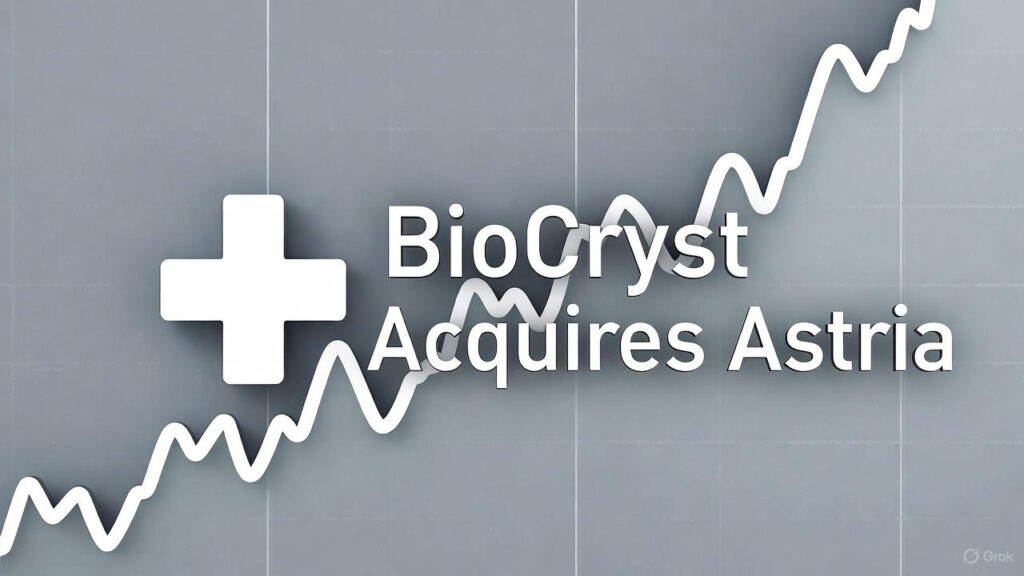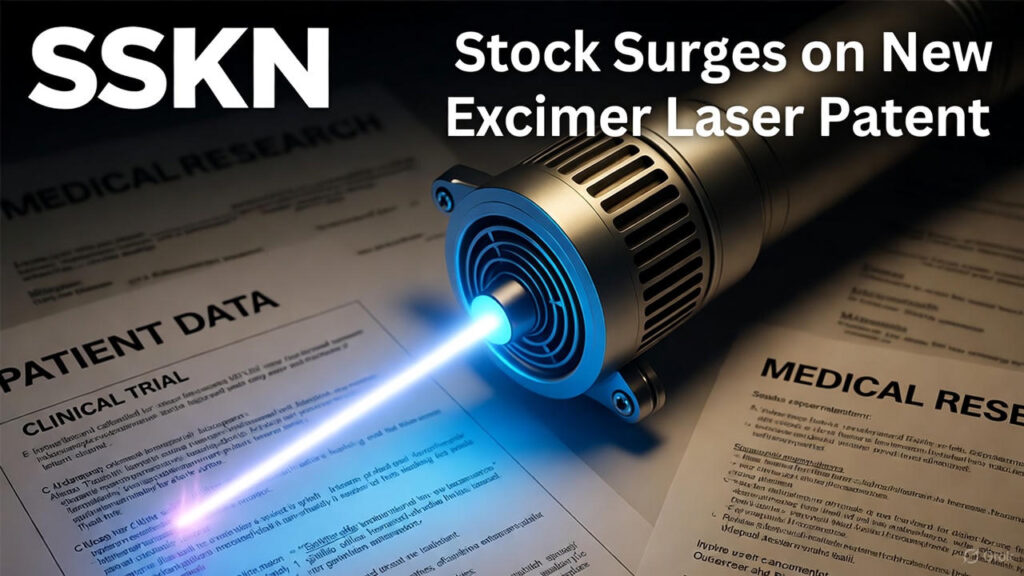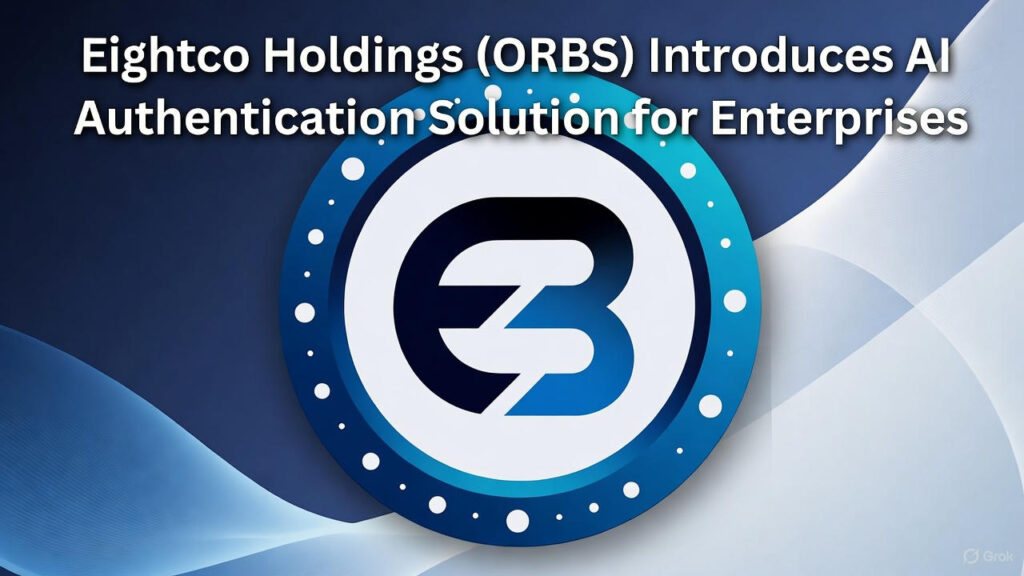Buckle up, folks, because the stock market is dishing out some serious excitement today, and Streamline Health Solutions (NASDAQ: STRM) is stealing the spotlight! As of this writing, STRM is rocketing higher, with its stock price jumping over 140% in pre-market trading. Why the fireworks? A blockbuster merger announcement with MDaudit has traders buzzing, and it’s got all the makings of a game-changer for this healthcare tech player. Let’s dive into what’s driving this massive move, explore the risks and rewards of jumping into a stock like STRM, and unpack what this means for traders looking to navigate the wild world of the market.
The Big News: MDaudit and Streamline Join Forces
So, what’s the deal? Streamline Health Solutions, a company focused on helping hospitals get paid what they’re owed by tackling revenue leaks, just dropped a bombshell: they’re merging with MDaudit, a big name in healthcare billing compliance. The agreement, announced today, May 29, 2025, has MDaudit acquiring all of Streamline’s outstanding shares for $5.34 each in cash. That’s a jaw-dropping 138% premium over STRM’s closing price of $2.24 on May 28, 2025, and a 117% premium over its 30-day average price. No wonder the stock is soaring as of this writing! The deal values Streamline at about $37.4 million, including debt, and it’s set to close in the third quarter of 2025, assuming shareholders give it the green light.
This merger is like combining peanut butter and jelly for healthcare providers. Streamline’s tech, like its eValuator and RevID tools, helps hospitals catch billing errors before they happen, while MDaudit’s platform is all about minimizing risks and maximizing revenue with AI-powered insights. Together, they’re aiming to create a powerhouse that gives hospitals a clear view of their revenue cycle, from pre-billing to final payments, helping them keep more of the $300 billion in patient revenue they collectively serve. It’s a match made in healthcare heaven, and the market is clearly eating it up.
Why This Matters for Traders
Now, let’s talk about why this is making waves in the trading world. A 138% premium is the kind of headline that gets hearts racing, and it’s no surprise traders are piling in. Posts on X are lighting up, with folks calling this a “game over for shorts” and a “firestorm” for the stock’s low float. When a company gets bought out at a big premium, it’s like hitting the jackpot for shareholders—assuming the deal goes through. That cash payout of $5.34 per share is a concrete number, and as of this writing, the stock is trading close to that level, reflecting the market’s confidence in the merger.
But here’s the kicker: trading a stock like STRM right now is a high-stakes game. On one hand, the premium suggests there’s limited upside left if the stock is already near the buyout price. On the other, if the deal falls apart—say, if shareholders vote it down or regulators raise a stink—the stock could crater back to its pre-announcement levels. That’s the risk you’re signing up for. The reward? If you got in early or if there’s speculation of a higher bid (though there’s no evidence of that yet), you might still squeeze out some gains. Plus, the merger buzz could keep momentum traders circling for short-term pops.
The Bigger Picture: What’s Streamline All About?
For those new to Streamline Health Solutions, let’s break it down. This Alpharetta, Georgia-based company has been around since 1989, helping hospitals and health systems make sure they’re not leaving money on the table. Their tools, like eValuator for coding accuracy and RevID for charge reconciliation, use data and analytics to catch mistakes before they cost hospitals millions. With 77 employees and a market cap of just $12.65 million before today’s surge, Streamline’s a small player with big ambitions.
The company’s been fighting an uphill battle, though. Their latest earnings showed a net loss of $2.5 million in Q3 2024, better than the $11.9 million loss a year earlier, but still in the red. Revenue was $4.4 million, down from $6.1 million, thanks to some clients jumping ship. Cash is tight too—just $2.2 million as of January 2025. Despite these struggles, Streamline’s been signing new contracts, like one with a 1,200-bed Indiana health system for eValuator, showing they’re still landing punches.
Risks and Rewards: What’s at Stake?
Let’s get real about the risks. First, the merger isn’t a done deal. It needs shareholder approval, and while 22% of Streamline’s stock is already locked in with voting agreements, there’s always a chance the rest could balk. If the deal flops, STRM’s stock could slide back toward its pre-merger price, leaving latecomers holding the bag. Second, Streamline’s financials aren’t exactly screaming “buy me.” With ongoing losses and shrinking revenue, the company’s been a tough bet for long-term investors. The stock’s 52-week range before today was $1.82 to $9.75, showing it’s been a wild ride.
On the reward side, the merger offers a clear exit at $5.34 per share, which is a sweet deal for anyone who bought in at lower prices. The combined company could also be a bigger player in the healthcare tech space, which is growing fast as hospitals lean on tech to cut costs and boost efficiency. If you’re a trader who loves momentum, the buzz around this deal could keep STRM volatile, offering chances to play short-term swings. Just don’t get too cozy—low-float stocks like STRM can be a rollercoaster.
Trading Lessons: Navigating Merger Mania
This kind of market action is a perfect chance to talk about trading smarts. When a stock like STRM spikes on merger news, it’s tempting to chase the hype. But here’s the deal: chasing can burn you. Stocks often gap up to the buyout price and then stall, as we’re seeing with STRM trading near $5.34 as of this writing. If you’re thinking about jumping in, ask yourself: what’s the upside? If the deal’s locked in, you’re not likely to see much more than $5.34 unless someone else swoops in with a better offer (and there’s no sign of that yet).
On the flip side, sitting on the sidelines isn’t always the answer either. Merger announcements can spark momentum, and low-float stocks like STRM (with just 4.27 million shares outstanding) can move fast. The key is to have a plan—set your entry and exit points, and don’t let greed or fear take the wheel. And if you’re looking to stay ahead of the next big mover, getting timely alerts can make all the difference. Want to keep your finger on the pulse of the market? Tap here to join over 250,000 traders getting free daily stock alerts sent straight to your phone.
What’s Next for STRM?
As the merger moves toward its Q3 2025 close, expect more noise. Streamline will stop trading on Nasdaq once the deal’s done, becoming a private company under MDaudit’s wing. That means no more public stock to trade, so if you’re in, you’re playing for the cash payout or short-term volatility. Keep an eye on shareholder votes and any regulatory updates, as those could shake things up. For now, STRM’s riding high on this merger wave, but traders need to stay sharp.
Wrapping It Up
Streamline Health Solutions is the talk of the town today, and for good reason. The MDaudit merger is a big win for shareholders, offering a fat premium and a chance to cash out at $5.34 per share. But with big moves come big risks, and trading a stock like STRM in the heat of a merger frenzy takes guts and a clear head. Whether you’re eyeing the payout or playing the momentum, make sure you know what you’re getting into. And if you want to catch the next big stock story before it hits, consider joining the free daily alerts at Bullseye Option Trading to stay in the loop.
Related Articles:





